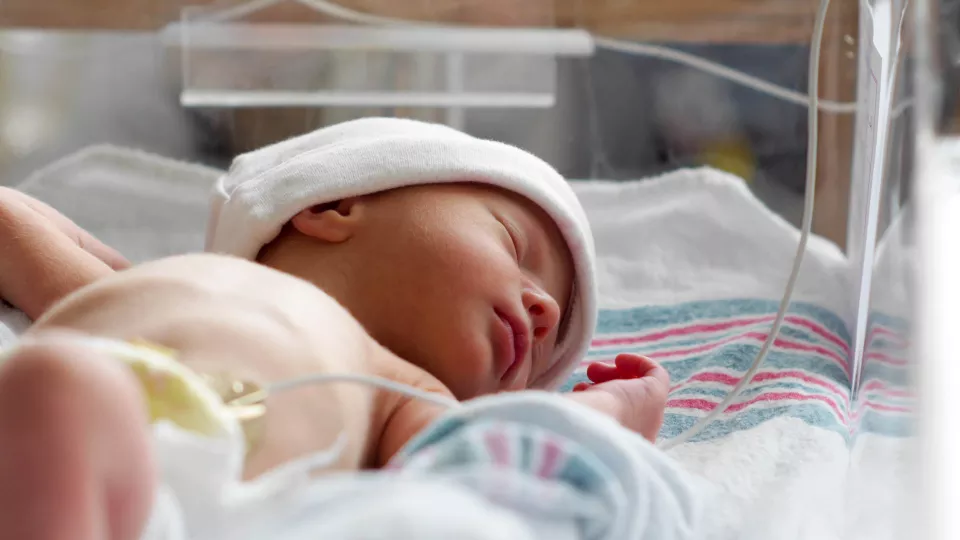
CHLA Researchers Find That Length of Opioid Treatment for Hospitalized Infants Differs by Institution and Geography
Opioids such as fentanyl and morphine can provide effective pain relief for infants with complex medical conditions when used carefully. But who decides what careful actually means?

In a study published in JAMA Network Open, researchers at Children’s Hospital Los Angeles found the opioid treatment that critically ill, hospitalized infants received depended on their location. The length of time the infants were prescribed opioids differed by geographic region across the U.S.— the Northeast, South, Midwest or West. And up to 16% of this variability in infant opioid prescriptions and 20% of the methadone prescriptions—the medication used to help wean infants safely from opioids—depended on the individual hospital.
“Opioid prescribing patterns for adults have been well-studied, but this study is the first to examine inpatient opioid prescribing patterns in critically ill infants on a national scale,” says Olivia A. Keane, MD, lead author on the paper. “Our study reports wide variation in opioid prescribing and thus exposure of infants to opioids across institutions.” Dr. Keane notes that the lack of standardized guidelines for opioid prescribing in infants can lead to significant differences in hospitalization length of stay, days on mechanical ventilation, days of IV nutrition, and can also impact healthcare costs.
Pain relief vs. long-term effects
Appropriate dosing of opiates requires a delicate balance. There is the obvious clinical need to ease a baby’s pain, and without sufficient pain relief, infants can experience more complicated recoveries and poorer clinical outcomes after surgeries and intubation.

“Additionally, prolonged opioid exposure in high-risk hospitalized infants has been implicated in worsening neurodevelopmental outcomes,” Dr. Keane says. “Thus, lack of standardization and the significant variation demonstrated by our study may put some infants at higher risk of poor long-term outcomes.”
Children’s Hospital Los Angeles researchers and their collaborators conducted a retrospective study of 132,658 high-risk infants under 1 year old who were treated in 47 different children’s hospitals around the U.S. The most common high-risk diagnosis was congenital heart disease (65%), 30% of infants were born prematurely, and over half underwent surgery.
During their hospital stay, 76% of infants were prescribed opioids such as fentanyl, morphine and hydromorphone, and about 8% received methadone. But infants’ exposure to opioids and methadone post-treatment varied significantly by hospital and location. “Our findings reinforce the need to establish national standards for best practices in opioid prescription in infants,” says Lorraine Kelley-Quon, MD, MSHS, pediatric surgeon and senior study author.


